Everything to Know About the 2023 Delta Aquariid Meteor Shower
The Delta Aquariids coincide with the Perseids, deemed by NASA as "the best meteor shower of the year"
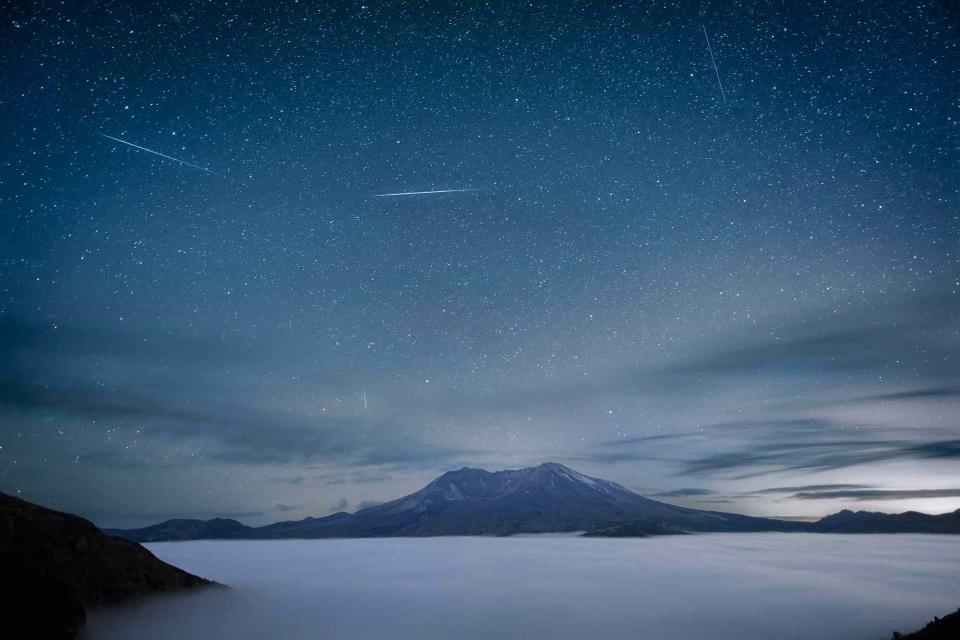
It's time to align your wishes!
An extraterrestrial treat is upon us because the Delta Aquariid meteor shower is active — and better yet, expected to peak during the last few days in July.
However, this shower could be fickle due to its infamously faint display; therefore, making them difficult to spot. Like all meteors, these are best spotted in super dark skies and away from all light pollution.
This year, though, the moon approaches its fullest phase on Aug. 1. A waxing gibbous moon is to glisten in the sky as it rises into the night; therefore, making it challenging to spot the shooting stars.
But keep your heads up, space lovers! Despite the unfortunate timing of the Delta Aquariids' peak and the approaching full moon, the duration of these showers are long and will remain active well into August.
Related: All About August's Sturgeon Supermoon and What It Means for Your Zodiac Sign
Plus, it coincides with another meteor shower called the Perseids, giving you ample ops to make those wishes. According to NASA, the display is regarded as the "best meteor shower of the year."
While the Perseids are known for its fireballs, the Aquariids are known for its persistent trains. This means that glowing ionized trails of gas are to be left in its path, glistening for a few seconds in the wake.
Stars are surely to be crossed this month as both showers are active, but luckily there's a way for gazers to differentiate between the showers: their radiant points. While the Aquariads arc across the southern sky, the Persids shoot from the northeast, per EarthSky.org.
From when it peaks to how to spot them, here's everything you need to know about the Aquariids.
Where does the Delta Aquariid meteor shower come from?
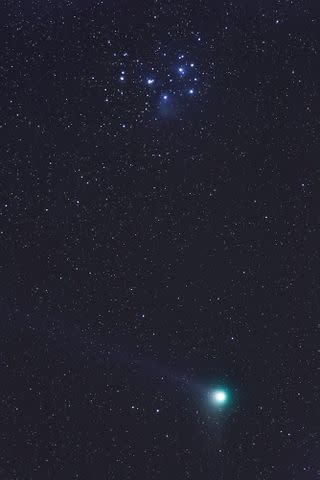
In typical meteor shower fashion, the Delta Aquariids originate from a parent comet. Specifically, it stems from the short-period, sun-grazing comet 96P/Machholz discovered in 1986.
Meteors are formed from leftover comet bits and broken asteroid pieces that leave a trail in the wake of the comet's orbit. The Earth then passes through these debris trails annually, allowing the particles to collide with our atmosphere. This results in the fiery, colorful streaks that we see in the sky.
While comets are the true point of origin for meteor showers, many tend to think it comes from their radiant, or the point in the sky the stars appear to shoot. For the Delta Aquariids, its radiant is the constellation Aquarius.
"The third brightest star within this constellation is called Delta," states NASA. "This star and the constellation are also where we get the name for the shower."
Related: All About July's Buck Moon and What It Means for Your Zodiac Sign
Where does the Delta Aquariid meteor shower appear in the sky?
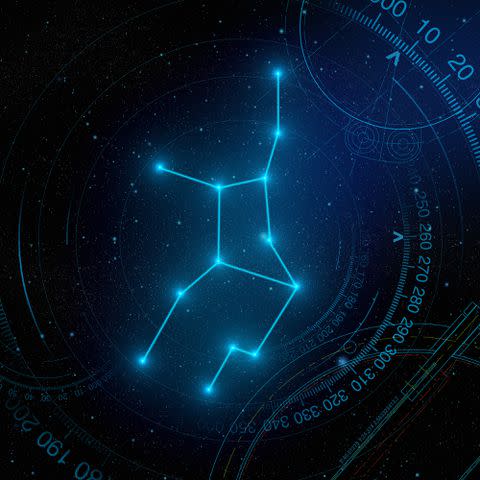
Similar to May's Eta Aquariids, July's Delta Aquariids are best viewed from the Southern Hemisphere. (The shower is commonly referred to as the Southern Delta Aquariids.)
But that doesn't mean those in the Northern Hemisphere won't be able to spot the Delta Aquariids! The shower will be viewable for skywatchers across the U.S., but those in the southern latitudes of the country will be at an advantage.
In 2022, stargazers were in luck because the moon was in its new phase, so its glow didn't drown out the shower. However, the moon will be in its waxing gibbous phase this year as the approaching full moon rises on Aug. 1, 2023.
Like all meteor showers, the Delta Aquariids are best viewed in a dark night sky. This is especially crucial for the Aquariids, as its appearance is infamously faint. Therefore, try to catch a glimpse of the shooting stars in the days leading up to its peak, when the moon isn't at its brightest.
While it's possible to spot a shooting star anywhere in the southern sky, it helps to locate the Aquarius constellation. That's where the meteors will appear to be flying from — and according to Space.com, viewers can expect as many as two dozen per hour!
When does the Delta Aquariid meteor shower peak?
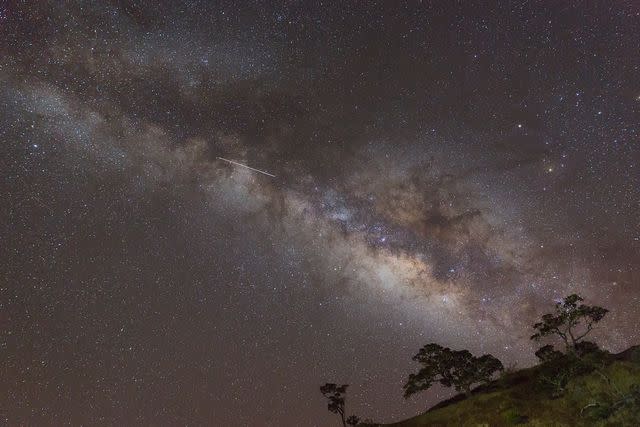
The Delta Aquariid meteor shower is expected to peak during the predawn hours of July 28 through July 30 — but if you're not up for a super late night, there are other opportunities to watch.
The Aquariids will remain active for several weeks, giving stargazers multiple chances to catch a glimpse of the starry show. The shower began on July 18 and will last until Aug. 21, 2023.
Related: Everything to Know About the Full Moons in 2023
What meteor shower comes after the Delta Aquariids?
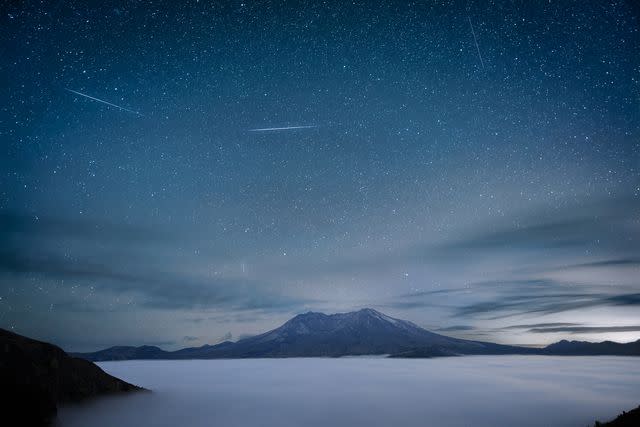
The meteor shower that comes after the Delta Aquariids is the already active Perseids. It will reach its peak on Aug. 12 and Aug. 13, 2023.
For more People news, make sure to sign up for our newsletter!
Read the original article on People.

